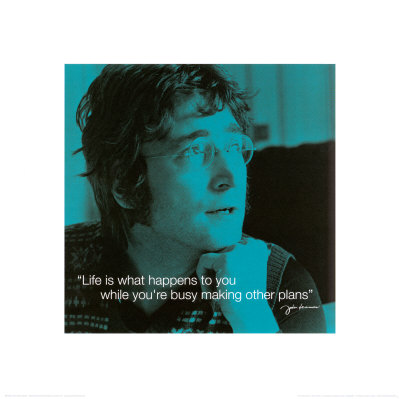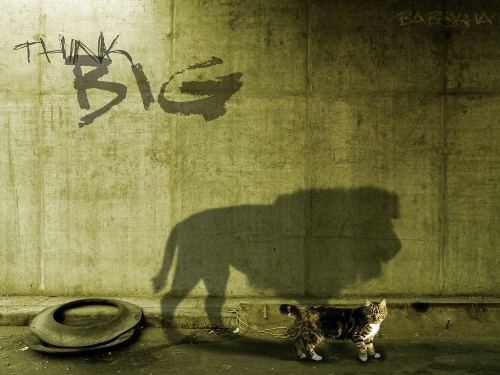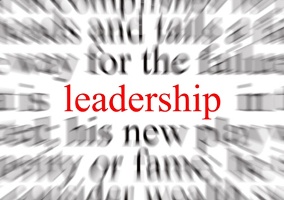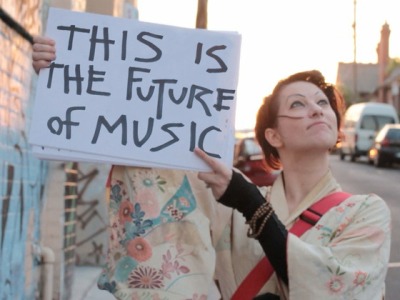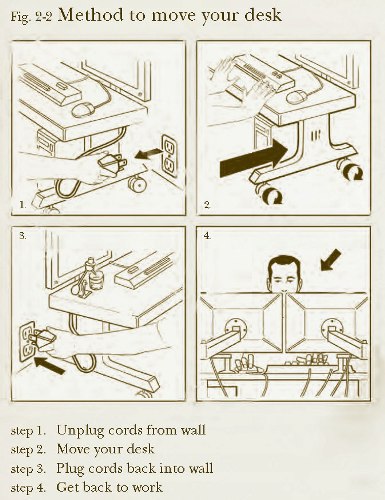I liked the idea of this post of Amber Naslund about thinking about the things that we did believe, but do not believe anymore. She did it in the field of her career.
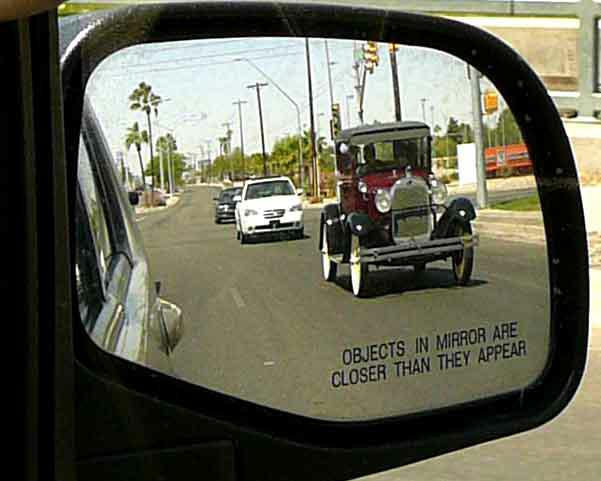
I’ll do it in the field of the Fourth Revolution’s K.E.E.N.’s (Knowledge Enhancing Exchanging Networker) career. Here are a few things that I believed, but do not believe any more.
Corporate jobs are safe
Corporate jobs are not safe any more, and in particular if you get closer to the top or older. There are many examples on a daily basis. Or, they are not safer than being on your own. Still companies would like us to believe that it is safer to be with them because it simplifies their management.
The only career path is to climb up in a specific function
I had many recommendations to try to be a specialist in a single function, and I used to think that the only career path was upwards; I found much more satisfying occupations when moving side-ways and becoming a generalist. It even increased dramatically my worth and marketability. But for some reason the normal career path is up through a narrow funnel.
Expatriation is just a must-do temporary assignment
Expatriation is generally presented nowadays as a must-do for career development; but at the same time it is not recommended to stay too far from headquarters for too long or be forgotten – the rule is to come back quick!. I found the expatriation experience a life-changing experience; and as a K.E.E.N. now, while I feel that my roots are still in France, I don’t mind continuing to live wherever I can best exercise my talents.
Protect your ground to avoid being eaten up by more ambitious
Lots of the corporate life is made of battles to consolidate one’s chiefdom; and this generates all the internal politics. Collaboration is, on the long term, a much better strategy; the K.E.E.N. exchanges its knowledge and creates conversations to create new, disruptive insights at the interface between specialties and industries.
The corporation needs to defend itself from the outside by all means
The traditional corporation is a closed world with limited relationship with the outside. Discussion with stakeholders is strictly regimented. Social networks are forbidden. Those corporations will be overtaken by the evolution of the world. Openness, creating conversations and a tightly knit network of supporters and followers, is now necessary for the organizations to thrive.
And you, what are the beliefs you had that you don’t believe any more?



